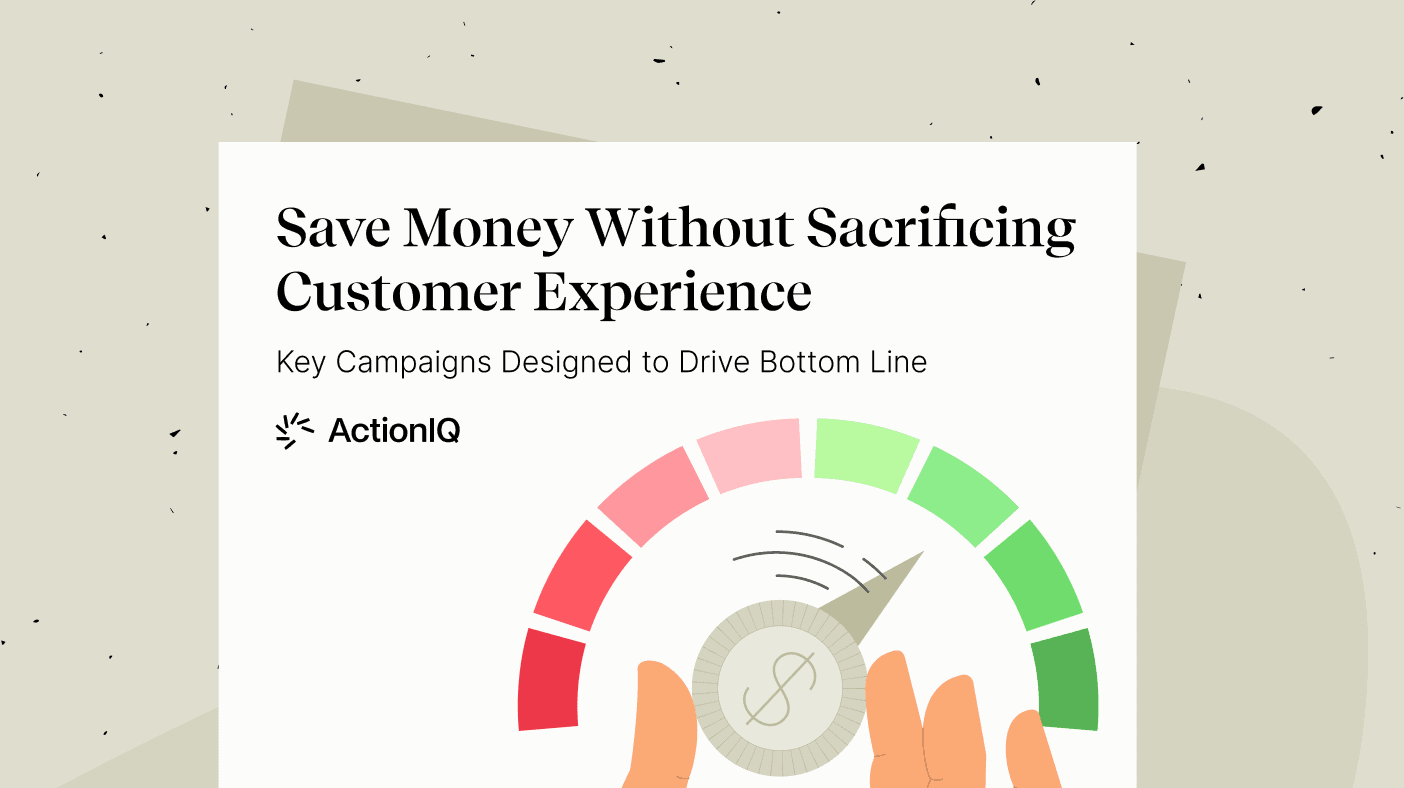WWD: Unlocking the Hidden Value of Cross-Channel Shopping

As I wrote in a recent article for WWD, many brands treat cross-channel shopping, or omnichannel, as a burden—something must do, just so they can keep from falling behind. However, omnichannel retailing can also provide an enormous opportunity. Consider this: at the brands I have worked with, multichannel customers deliver:
- Higher revenue. Average annual revenue is 2X that of other repeat buyers.
- Higher margins. Annual margins run about 130 percent higher versus other repeat buyers
- Greater loyalty. They are 50 percent more likely to keep shopping year after year.
Generally, cross-channel shopping represents only 10 to 15 percent of the customer base, and yet they contribute an outsized share of profits. By converting just one percent of your customer base into multichannel customers, you could reap millions in incremental revenue.
These numbers help explain why Amazon and other digital retailers are investing in physical retail experiences—and why traditional retailers are investing so heavily in digital growth.
In the article, I lay out three critical best practices for turning single-channel into multi-channel shoppers, including:
1. Identify customers most likely to become cross-channel shoppers.
In addition to obvious factors such as distance-to-store, lookalike modeling can be very effective in identifying online shoppers who good candidates for in-store campaigns. The same goes for “offline-to-online” strategy—i.e. discovering store-only customers who would benefit from shopping online.
2. Prioritize personalized messaging—not discounts.
In driving cross-channel engagement, you don’t want to focus on growing lifetime customer value. That means, offering personalized messages rather than discounts. Otherwise, you risk turning customers into bargain hunters.
3. Test and measure, early and often.
I worked with a brand that was trying to turn digital customers into cross-channel customers. Ten percent of the online-only audience was excluded, and then 90 percent of received a 30-day journey promoting in-store shopping. At the end of the 30 days, the brand increased both cross-channel shopping and the overall repeat rate of the target group compared to control. In the end, they created cross-channel KPIs and have attributed several million dollars of incremental revenue to cross-channel campaigns.
Ready to find out more? Read the full WWD article here.





